Sumi Hayashi Interview
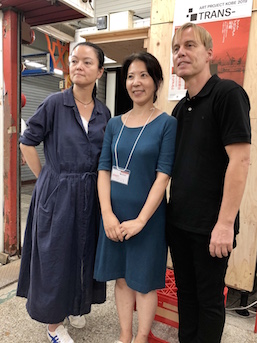
TAB: TRANS– bills itself as “an art project that sets out to transcend and move beyond.” What does this mean specifically? What does it hope to transcend?
Sumi Hayashi, TRANS– Director (SH): Kobe is known as a port city that has been accepting of anything or anybody new, interesting, and challenging from the outside world. However, it seems to have abandoned its flexibility at some point and lost its uniqueness. I hope TRANS– will help the city of Kobe and the people living there transcend this situation, encouraging them to get back their spirit and become more creative and imaginative.
TAB: What do you think Kobe needs to do to become a city for art and creativity?
SH: It has to be open and brave enough to let the people (especially the younger generation) experience cutting-edge artworks by international artists and understand the importance of living with the art.
TAB: How is TRANS– different from other events you’ve curated?
SH: We are lucky enough to have places/buildings in the city, not just as venues to show the artworks, but as the material to make the artworks happen.
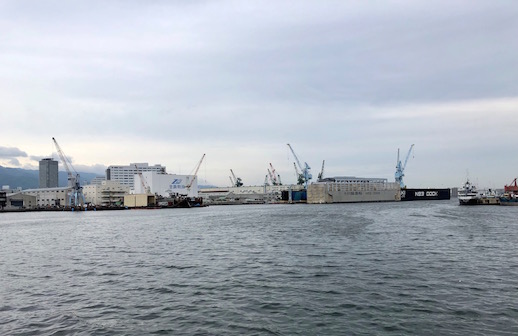
TAB: What do you see as some of the unique opportunities and challenges in curating TRANS–?
SH: Developing the city’s potential to its fullest through contemporary art. Also, it gives mid-career artists a chance to do what they could not when they were young, doing shows at the galleries and the museums.
TAB: The decision to feature only two artists is bold. What led to this choice?
SH: I hoped the artists could try something on a much bigger scale, which I believe would impress the audience more deeply, with bigger budgets in comparison with the other art festivals.
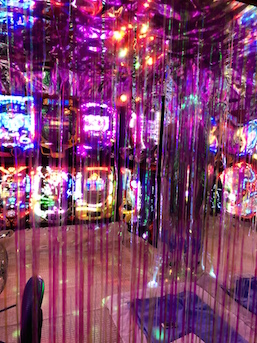
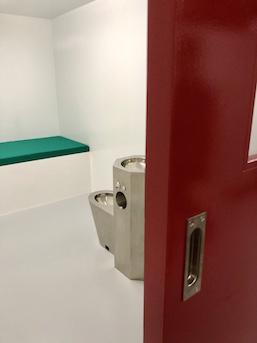
TAB: How were Miwa Yanagi and Gregor Schneider chosen?
SH: Both artists I have known for a long time and we have mutual trust as artists and curator. Also, I understood I should choose artists who could change the landscape powerfully with their own artistic manner. Schneider is very good at making space and time seem to shift between the real/unreal, and I thought it would be quite effective in the industrial and downtown areas of TRANS–. Yanagi was born and raised in this area and I believed she would be the best to interpret its historical background in her way.
TAB: What parallels or notable differences do you see in the works of these two artists?
SH: Inward (Schneider) and outward (Yanagi). Hidden (Schneider) and spectacular (Yanagi). Horrifing us slowly (Schneider) and liberating us in one night (Yanagi). Yet, both are saying that their works are like a pilgrimage.
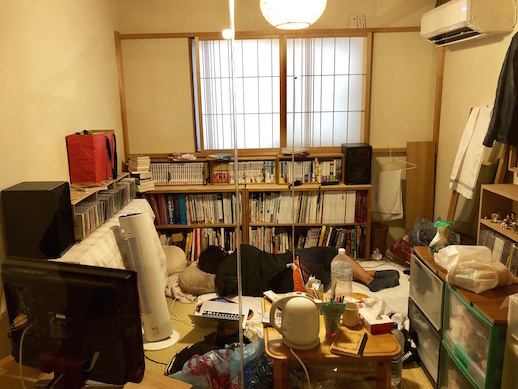
TAB: In what ways are their works site specific? In what ways do they speak to global issues?
SH: They are trying their best to change the landscape of Kobe. Schneider succeeds in developing his art throughout the city and Yanagi re-evaluates her birthplace as an artist. Their works are related with religion and social issues such as hikikomori [shut ins] and discrimination.
TAB: More than ever, art events are under pressure to balance artistic expression with public approval and the creation of a safe environment for all participants. How do you strike this balance?
SH: I do not think that way, because the art must be something interesting but not easily approved. The public should be curious and eager to understand what it is.
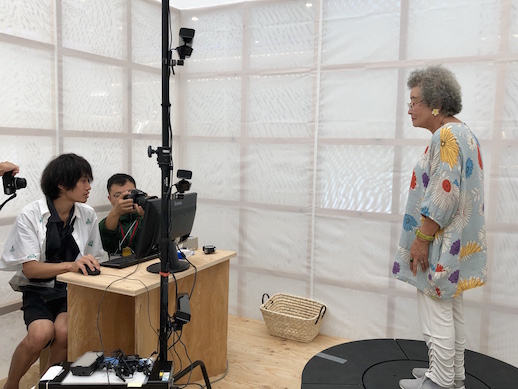
TAB: What would you like the legacy of this project to be?
SH: I would like it to continue for decades like the sculpture project in Münster, so that the art would remain will next to the people, not only in the museums. That is why I call it an art project and not an art festival.



